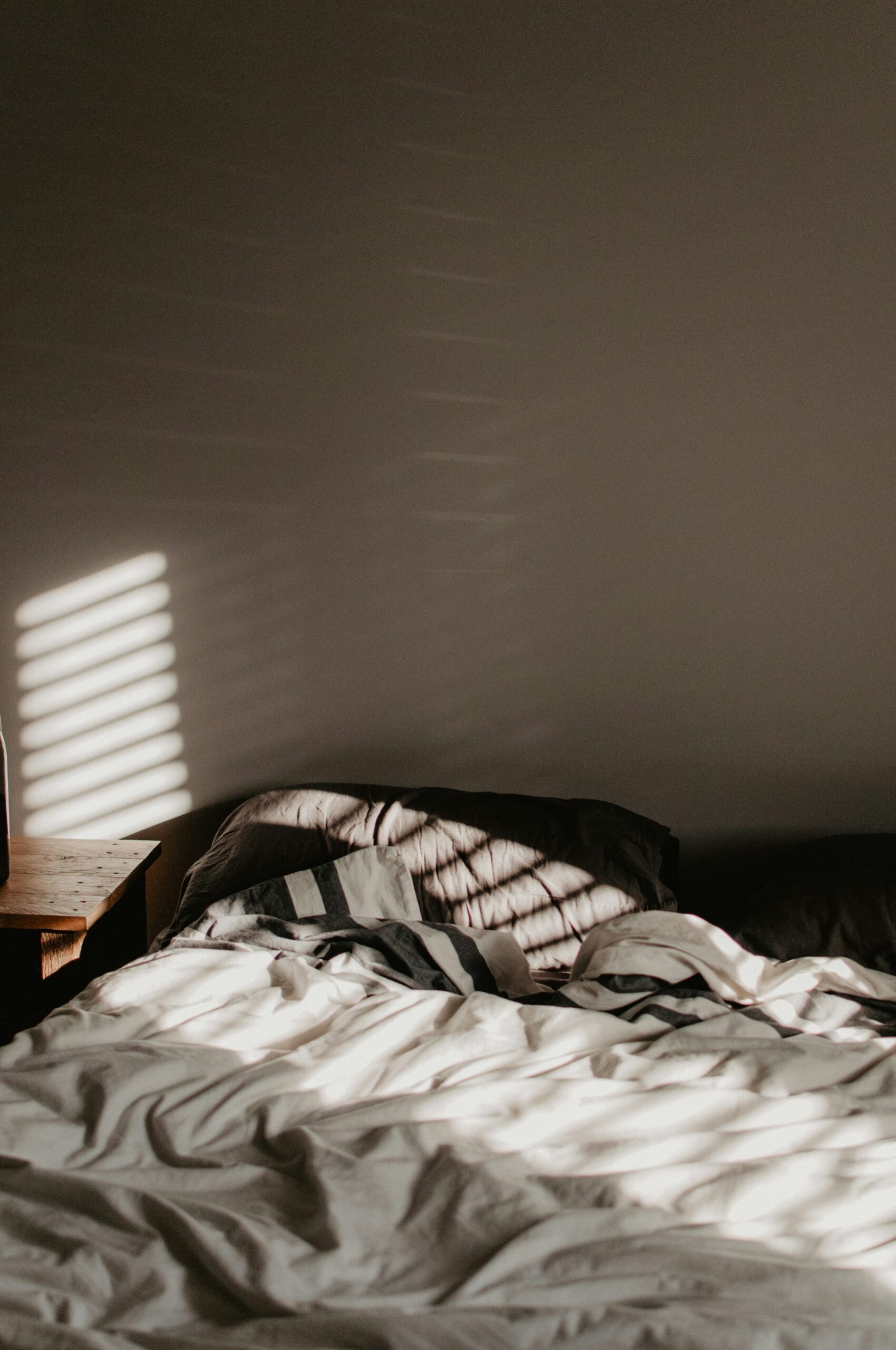Imagine you’re redesigning your home and considering getting a Murphy bed to save space. As you’re researching, you come across the term ‘murphy bed clearance.’ But what does it actually mean? In this article, we will explore the meaning behind ‘murphy bed clearance’ and why it is an essential factor to consider when selecting the perfect Murphy bed for your home. So, let’s dive in and uncover the mysteries of ‘murphy bed clearance’ together!
Definition of Murphy Bed Clearance
Explanation of Murphy Bed
A Murphy bed, also known as a wall bed or pull-down bed, is a space-saving furniture piece that can be folded into a wall or cabinet when not in use. It is designed to optimize space in smaller rooms or multi-purpose areas by providing a comfortable sleeping surface that can be easily stored away. Murphy beds are commonly used in apartments, small homes, and guest rooms to maximize living space and create a versatile living environment.
Definition of Clearance
In the context of Murphy beds, clearance refers to the space required around the bed when it is in use or being folded away. It is the minimum distance needed to ensure safe and easy access to the bed, as well as to accommodate its unfolding mechanism. Proper clearance is crucial to prevent any obstructions or accidents while operating the Murphy bed.
Importance of Murphy Bed Clearance
Maximizing Space
One of the primary reasons for using Murphy beds is to maximize the available space in a room. By folding the bed away when not in use, you free up valuable floor space that can be utilized for other activities, such as exercising, working, or entertaining guests. However, to fully optimize the space-saving benefits of a Murphy bed, it is essential to maintain proper clearance around it. This ensures that when the bed is folded down, it doesn’t interfere with nearby furniture or create a cramped and uncomfortable environment.
Easy Accessibility
Another key advantage of Murphy beds is their ease of accessibility. Unlike traditional beds that occupy a significant portion of floor space, Murphy beds can be conveniently stored vertically or horizontally against a wall, making them easily accessible whenever needed. However, to ensure smooth operation and safe usage, it is vital to have adequate clearance around the bed. Sufficient clearance allows you to fold and unfold the bed effortlessly, without any obstructions or potential hazards.
Safety
Safety is of utmost importance when it comes to using a Murphy bed. Proper clearance plays a crucial role in maintaining a safe environment for users. By having sufficient space around the bed, you minimize the risk of accidental injuries caused by collisions with nearby objects or walls. Insufficient clearance can lead to accidents like bumped knees or falls when maneuvering around the bed. Therefore, understanding and adhering to the recommended clearance measurements is essential for ensuring the safety of everyone using the Murphy bed.

Factors Affecting Murphy Bed Clearance
Size of the Bed
The size of the Murphy bed directly impacts the required clearance. Larger beds, such as queen or king-sized Murphy beds, generally need more space for folding and unfolding compared to smaller twin or full-sized beds. It is important to consider the dimensions of the bed when determining the required clearance to avoid any restrictions or difficulties in operating the bed smoothly.
Height and Width of the Room
The dimensions of the room where the Murphy bed is installed also affect the necessary clearance. Rooms with low ceilings or narrow widths may require more precise measurements to ensure that the bed can be fully extended without touching the ceiling or walls. The height and width of the room will determine the overall space available for the bed’s operation, and the clearance should be adjusted accordingly to ensure optimal functionality and comfort.
Location of Other Furniture
The positioning of other furniture in the room is another factor to consider when determining the necessary clearance for a Murphy bed. Objects such as dressers, desks, or shelves should be placed in a way that allows the bed to fold down and unfold without any obstructions. By evaluating the layout and arrangement of other furniture, you can ensure that sufficient clearance is available to accommodate the full range of motion required for the Murphy bed.
Optimal Murphy Bed Clearance Measurements
Minimum Clearance Above the Bed
To ensure proper clearance above the Murphy bed, it is recommended to have a minimum of 18-24 inches of space between the top of the mattress and the ceiling. This allows enough room for the bed to fully extend when unfolded without any risk of contact with the ceiling. Additionally, having sufficient overhead clearance provides a more spacious and comfortable sleeping experience. If your room has lower ceilings, it may be necessary to opt for a vertical Murphy bed that doesn’t require as much vertical clearance.
Minimum Clearance in Front of the Bed
The recommended clearance in front of the Murphy bed is typically around 36 inches. This allows sufficient space for standing, walking, or maneuvering in front of the bed without feeling cramped or restricted. Adequate clearance in front of the bed ensures easy access to the sleeping area and allows for comfortable movement, making it easier to change the sheets, tidy up the bed, or access storage compartments, if any.
Minimum Clearance on Each Side of the Bed
To provide convenient access to the bed and create a more open and spacious environment, it is advisable to have a minimum of 24 inches of clearance on each side of the Murphy bed. This allows sufficient space for getting in and out of bed comfortably. It also provides ample room for bedside tables, lamps, or other items that may be needed beside the bed. Having proper clearance on each side ensures that you can move around the bed without any restrictions, making it easier to make the bed or access items stored nearby.

Types of Murphy Beds That Require Clearance
Vertical Murphy Beds
Vertical Murphy beds are designed to be folded and stored vertically against a wall. When unfolded, they typically extend from floor to ceiling. These beds require sufficient vertical clearance to ensure that they can be fully extended without any risk of contact with the ceiling. Vertical Murphy beds are an excellent choice for rooms with limited floor space or low ceilings as they take up minimal space when stored.
Horizontal Murphy Beds
Horizontal Murphy beds, as the name suggests, are designed to be folded and stored horizontally against a wall. These beds usually extend horizontally from one wall to another when unfolded. To accommodate a horizontal Murphy bed, the room should have enough width and length to allow the bed to fully extend without obstructing any walls or furniture. Horizontal Murphy beds are a popular choice for larger rooms or spaces where vertical clearance may be limited.
Sofa Murphy Beds
Sofa Murphy beds combine the functionality of a sofa and a bed in one piece of furniture. They can be folded and stored vertically or horizontally, depending on the design, and offer the added benefit of providing seating during the day. The clearance requirements for sofa Murphy beds are similar to those of vertical or horizontal Murphy beds, depending on the orientation when unfolded. The dimensions of the sofa and the space needed for it to function as a bed should be taken into account when determining the necessary clearance.
Tips for Ensuring Sufficient Murphy Bed Clearance
Measuring the Room and Bed
Before installing a Murphy bed, it is essential to carefully measure the dimensions of the room and the bed itself. Take accurate measurements of the height, width, and length of the room to determine the available space for the bed’s operation. Consider any architectural features, such as ceiling beams or slanted walls, that might impact the clearance requirements. Similarly, measure the dimensions of the Murphy bed, including its folded and unfolded states, to ensure compatibility with the room and available clearance.
Considering Obstacles and Walkways
Identify any potential obstacles or walkways that may affect the clearance around the Murphy bed. Take note of existing furniture, doors, windows, or other elements that may restrict the bed’s operation or create awkward spaces when the bed is in use. Optimize the room layout by arranging furniture and objects in a way that allows for smooth and unobstructed movement around the bed.
Planning for Additional Storage
If you plan to incorporate storage compartments or shelves within the Murphy bed unit, consider their size and accessibility when determining the necessary clearance. Ensure that there is enough space for the storage compartments to be fully utilized without hindering the opening and closing of the bed. Adequate clearance will allow for easy access to the storage areas, making them functional and practical additions to the Murphy bed.

Common Clearance Mistakes to Avoid
Insufficient Height Clearance
One of the most common clearance mistakes is neglecting to provide sufficient height clearance for a Murphy bed. Failing to account for the distance between the top of the mattress and the ceiling can lead to the bed being unable to fully extend or causing damage to the ceiling when unfolded. Always measure the height of the room accurately and consider the recommended minimum clearance above the bed to avoid this mistake.
Limited Accessibility due to Furniture Placement
Improper placement of other furniture in the room can restrict the accessibility of the Murphy bed. Placing furniture too close to the bed can hinder its folding and unfolding motion, making it difficult to use and potentially causing damage to both the furniture and the bed. To prevent this, take into account the clearance requirements for each type of Murphy bed and ensure that there is enough space around it for smooth operation.
Frequently Asked Questions about Murphy Bed Clearance
What is the ideal clearance for a Murphy bed?
The ideal clearance for a Murphy bed can vary depending on the specific bed model, size, and orientation. However, as a general guideline, the minimum recommended clearance is around 18-24 inches above the bed, 36 inches in front of the bed, and 24 inches on each side of the bed. These measurements provide sufficient space for safe and easy access to the bed when folded down or unfolded.
Can a Murphy bed be placed in a small room?
Yes, Murphy beds are an excellent solution for small rooms as they maximize the available space. However, it is crucial to consider the dimensions of the room and the bed, as well as the required clearance, when choosing and installing a Murphy bed. Assess the available space carefully and ensure that the room can accommodate the bed’s dimensions and necessary clearance without feeling cramped or restricted.
Are there alternatives to Murphy beds for saving space?
Yes, there are alternative space-saving solutions for those who may not want a Murphy bed. Some alternatives include loft beds, trundle beds, or sofa beds. Loft beds elevate the mattress above the floor, utilizing the space underneath for storage or other purposes. Trundle beds have a second bed that can be stored underneath the main bed when not in use. Sofa beds serve a dual purpose, providing seating during the day and a sleeping surface at night. Each of these alternatives has its own clearance requirements and considerations, so it’s important to assess your specific needs and the available space before making a decision.
Conclusion
Understanding the concept of Murphy bed clearance is essential for maximizing the benefits of owning a Murphy bed. By providing proper clearance, you can fully utilize the space-saving potential of a Murphy bed while ensuring easy accessibility and safety. Factors such as the size of the bed, height and width of the room, and the location of other furniture influence the necessary clearance. Taking accurate measurements, considering potential obstacles, and planning for additional storage are important steps in ensuring sufficient clearance. By avoiding common clearance mistakes and considering alternative space-saving solutions, you can create a functional and comfortable environment that maximizes the benefits of a Murphy bed.